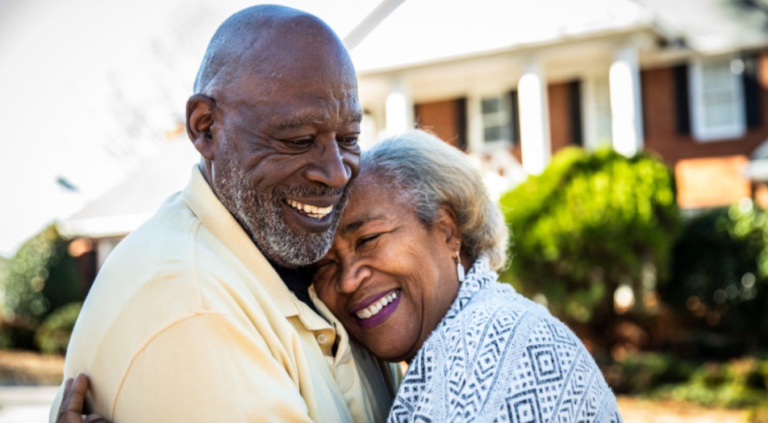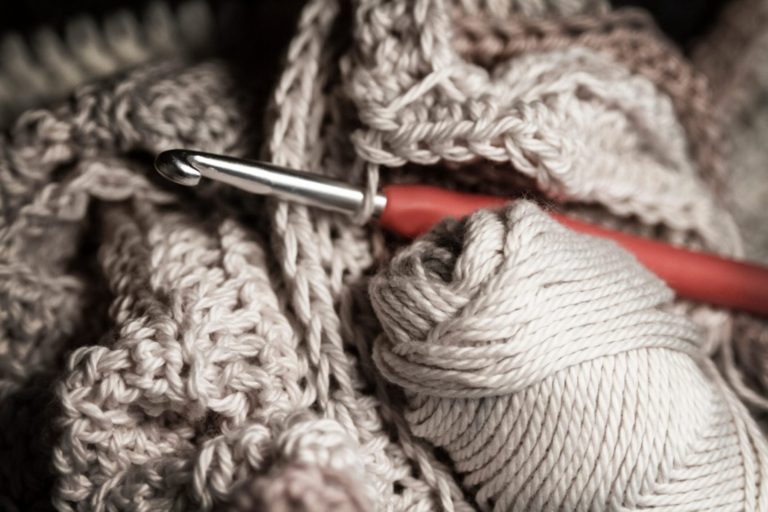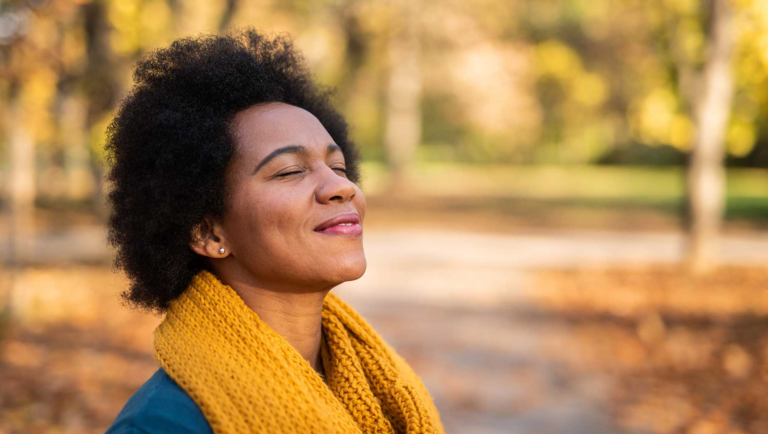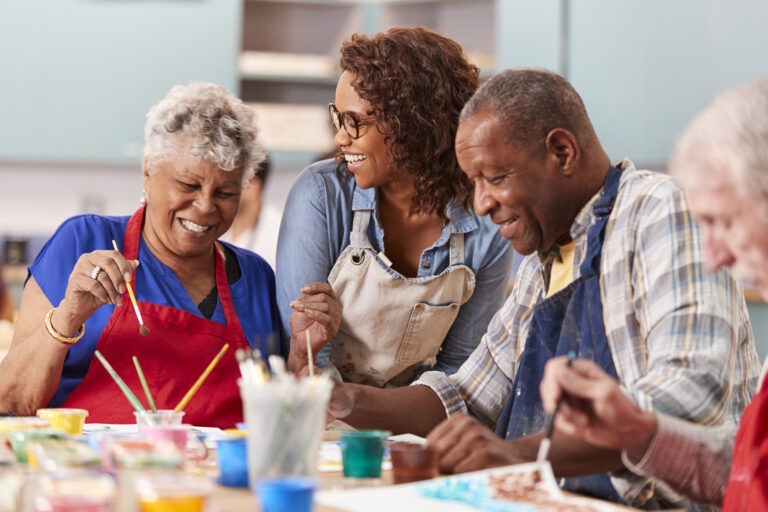Some People Age Faster Than Others, and That’s Okay
At Sage, we believe that vibrant living is the cornerstone of a fulfilling and healthy life, especially as we age. One intriguing question that often pops up is why some people seem to age faster than others. In today’s blog post, we’ll explore the factors that influence the aging process and how understanding and accepting them can help you achieve a more vibrant living experience.
Genetics
The truth is that genetics play a significant role in determining how we age. Our genes can influence our skin’s elasticity, the rate at which we develop wrinkles, and even our susceptibility to age-related diseases. However, while genetics may provide a blueprint for aging, it’s crucial to remember that it’s not the sole determining factor. In fact, studies suggest that genetics account for only 20-30% of our aging process, leaving the remaining 70-80% within our control.
Lifestyle Choices
Our lifestyle choices have a profound impact on how we age, with factors such as diet, hydration levels, exercise, and stress management playing essential roles in maintaining a youthful and vibrant living experience. By making conscious decisions to eat a balanced diet rich in antioxidants, drink the daily recommended amount of water, engage in regular physical activity, and practice stress reduction techniques, we can slow down the aging process and promote a more youthful, energetic lifestyle.
Skin Care and Sun Protection
The way we care for our skin and protect it from the sun’s harmful rays is also an essential factor in the aging process. Consistent and effective skincare routines, including cleansing, exfoliating, and moisturizing, can go a long way in maintaining a healthy, youthful complexion. Additionally, using sun protection and avoiding excessive sun exposure can help prevent premature aging caused by the sun’s damaging effects.
Mindset: A Powerful Catalyst for Vibrant Living
Believe it or not, our mindset can also play a significant role in how we age. Maintaining a positive outlook on life, embracing new experiences, and fostering strong social connections can help combat age-related stress and cognitive decline. A youthful mindset, combined with a proactive approach to wellness, can lead to a more vibrant living experience that defies the march of time.
We’re dedicated to helping older adults achieve the highest possible quality of life through a comprehensive approach to wellness. Our principles and practices are designed to promote vibrant living by focusing on physical, mental, and emotional well-being. By providing a supportive and nurturing environment, we empower our residents to take control of their aging process and embrace a more fulfilling, youthful lifestyle.












